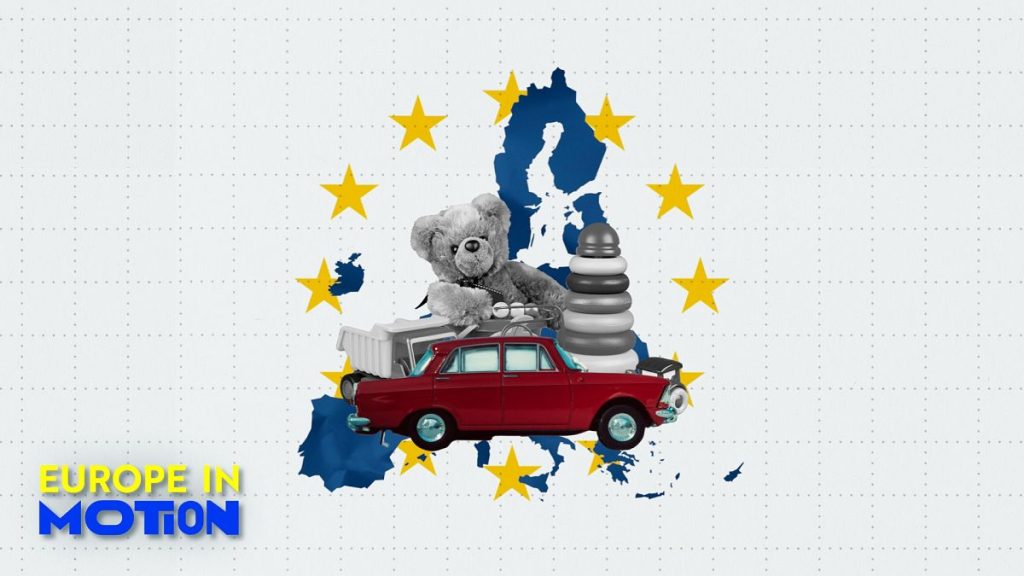The European Union’s toy market in 2023 presented a complex picture of international trade, safety concerns, and regulatory responses. While the EU remained a significant player in both toy imports and exports, the year saw a notable decline in the overall value of trade compared to 2022. This decline, coupled with growing concerns over the safety of imported toys, particularly those sold through online marketplaces, prompted legislative action to strengthen toy safety standards and protect children from potential hazards. China’s dominance as the primary supplier of toys to the EU remained unchallenged, highlighting the bloc’s reliance on external manufacturing while also raising concerns about the efficacy of existing safety regulations in preventing the influx of potentially harmful products.
A key feature of the EU toy market in 2023 was the significant decrease in import value. Total imports amounted to €6.5 billion, a substantial €2 billion drop from the previous year. This decline, while noteworthy, did not alter the dominant position of China as the primary source of toys for the EU. China accounted for a staggering 80% of all toy imports, equating to €5.2 billion worth of goods. Vietnam and the United Kingdom trailed significantly behind, contributing 6% and 2% respectively. Within the EU, Germany emerged as the largest importer of toys, receiving approximately 20% of the total imports. France and the Netherlands followed, accounting for 16% and 14% respectively. This distribution reflects the relative sizes of these economies and their respective consumer markets for toys.
On the export side, the EU experienced a more modest decline. Total toy exports in 2023 reached €2.3 billion, a slight decrease of €0.2 billion compared to 2022. The Czech Republic, Germany, and Belgium were the leading exporters of toys within the EU, collectively accounting for over half of the bloc’s total exports. The United Kingdom remained the primary destination for EU toy exports, absorbing 30% of the total. Switzerland and the United States followed, receiving 13% and 10% respectively. The continued importance of the UK market for EU toy exporters, despite Brexit, highlights the strong trade ties that remain between the two entities.
A dominant theme in 2023 was the rising concern over toy safety, particularly regarding products sourced from online marketplaces. A study conducted by Toy Industries of Europe revealed alarming statistics: 80% of toys purchased from third-party sellers on these platforms failed to comply with EU safety standards. The study, which tested over 100 toys, identified serious risks such as choking hazards and the presence of toxic chemicals. This underscored the challenges in regulating the online marketplace and ensuring the safety of products sold through these channels. The ease of access to international markets via online platforms allows for a broader range of products to reach consumers, but it also increases the potential for unsafe products to slip through existing safety nets.
The findings of the Toy Industries of Europe study prompted a significant response from the European Parliament. In September 2023, the Parliament endorsed a proposal aimed at bolstering toy safety regulations within the EU. The proposal emphasized the need to reduce the number of unsafe toys circulating within the market and to enhance the protection of children from toy-related hazards. A key element of the proposal was a ban on harmful chemicals in toys, reflecting a growing awareness of the potential long-term health risks associated with exposure to such substances. This proactive approach by the Parliament signifies a commitment to strengthening consumer protection measures and addressing the challenges posed by the evolving online marketplace.
The year 2023 in the EU toy market underscored the complexities of balancing international trade with consumer safety. The decline in both imports and exports, coupled with the alarming findings regarding the safety of toys purchased online, highlighted the need for robust regulatory oversight. The European Parliament’s proactive stance on strengthening toy safety regulations signifies a move towards a more stringent approach to protect children from potential hazards. The continued dominance of China as the primary supplier necessitates ongoing dialogue and collaboration to ensure that imported toys meet the required safety standards. The challenges and developments of 2023 set the stage for continued focus on ensuring a safe and vibrant toy market within the EU.

